Category: Ecology
-
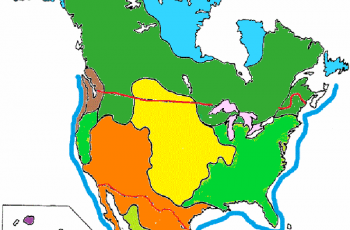
Color the North American Biomes
This coloring activity is suitable for beginning biology students who are learning about the plants and animals found in each major biome. The worksheet does require a basic geography knowledge, which I found somewhat lacking in my freshman students. I usually place a large map of North America on the overhead projector for students…
-
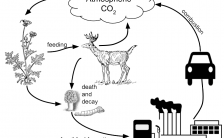
Analyzing Graphics: The Carbon Cycle
This graphic illustrates how atmospheric carbon dioxide is produced during cellular respiration and combustion and then taken up by plants. Students apply what they have learned about the processes of photosynthesis and respiration to label parts of the graphic an answer questions. This activity is probably best done as a pair-share activity or a…
-
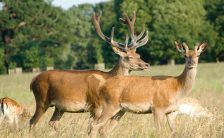
Investigation: Estimating Population Size
In this investigation, students simulate how mark and recapture techniques are used to estimate population size. Prepare populations in advance by gathering 60-150 small objects, like toy spiders, beans, or beads. Toy animals seem to be more exciting for students, and you can sometimes find them at dollar stores. In my class, I…
-
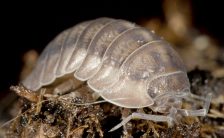
Investigation – Animal Behavior with Isopods
An isopod is a crustacean with a segmented body and seven pairs of legs. They are commonly known as pill bugs, roly-polys, or woodlice. Isopods are found in a variety of habitats, including soil, under rocks, and in decaying wood. They are detritivores, meaning they eat dead and decaying matter. Isopods are an important part…
-
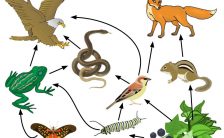
Food Web: Identify Consumers
Food webs are basic concepts in biology and ecology, where students learn the concept of energy flow in an ecosystem by viewing models of food webs. This labeling worksheet asks students to identify the primary, secondary, and tertiary consumers in a forest ecosystem. A food web is a representation of the complex interrelationship between…
-
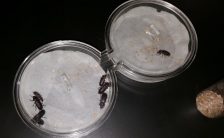
Investigation: Habitat Selection in Flour Beetles
This activity was modified from an Advanced Placement Investigation for use with freshman classes. The instructions are clear and require students to examine data and create a graph. Then students collect their own data using Choice Chambers and can choose which variables they would like to test: wet vs dry, water vs vinegar, light…
-
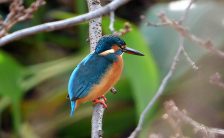
What Does a Bird’s Beak Tell You About Its Diet?
In this activity, students examine images of birds and make inferences about the bird’s diet and lifestyle based on the shape of their beaks and legs. Birds are very diverse in their habits, spear-shaped beaks are used for fishing, short stout beaks are used for cracking seeds, and the curved beaks of raptors are used…
-
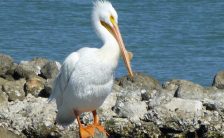
What Can Bird Beaks Tell You About Their Lifestyle?
Worksheet showing bird images where students determine their lifestyle based on the shape of their beaks and feet.
-
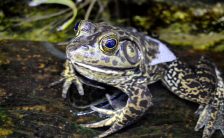
Case Study – Are Invading Bullfrogs Harmful?
Students follow a story about an ecologist and a student who are studying the population size of bullfrogs in California. These amphibians are considered an invasive species in that area and have been causing the decline of native species. Students learn concepts related to community interactions and learn one species can cause the decline…
-
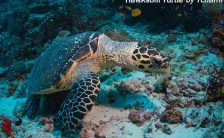
Endangered Species Project
Students create a publication (website, infographic) to educate their classmates about a specific animal that is on the endangered species list.
-
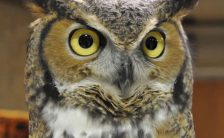
Investigation: Owl Pellets
Students open owl pellets to reveal the skeletons and fur of the owl’s last meal, and then reconstruct the skeletons using an bone chart.
-
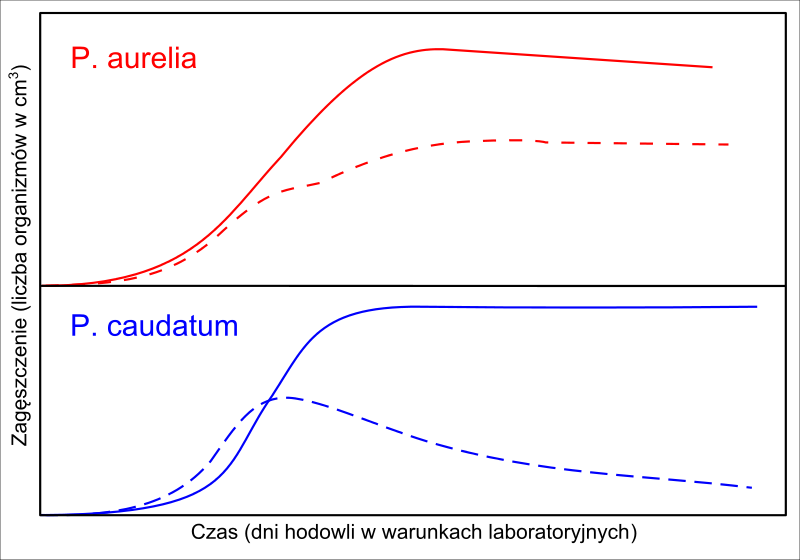
Population Biology with Paramecium
Activity illustrates the competitive exclusion principle by showing students how each population behaves when grown alone or when mixed together.
-
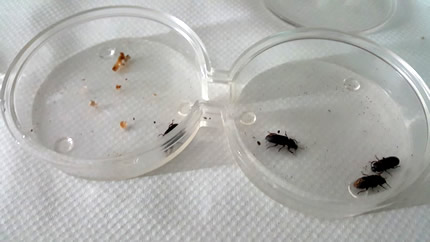
Case Study – Investigation of Animal Behavior
The goal is for students to develop a basic understanding about how animal models are used to study behavior and how behavior can be explained from an evolutionary perspective.


